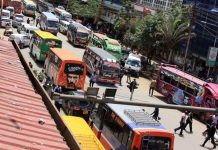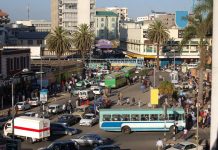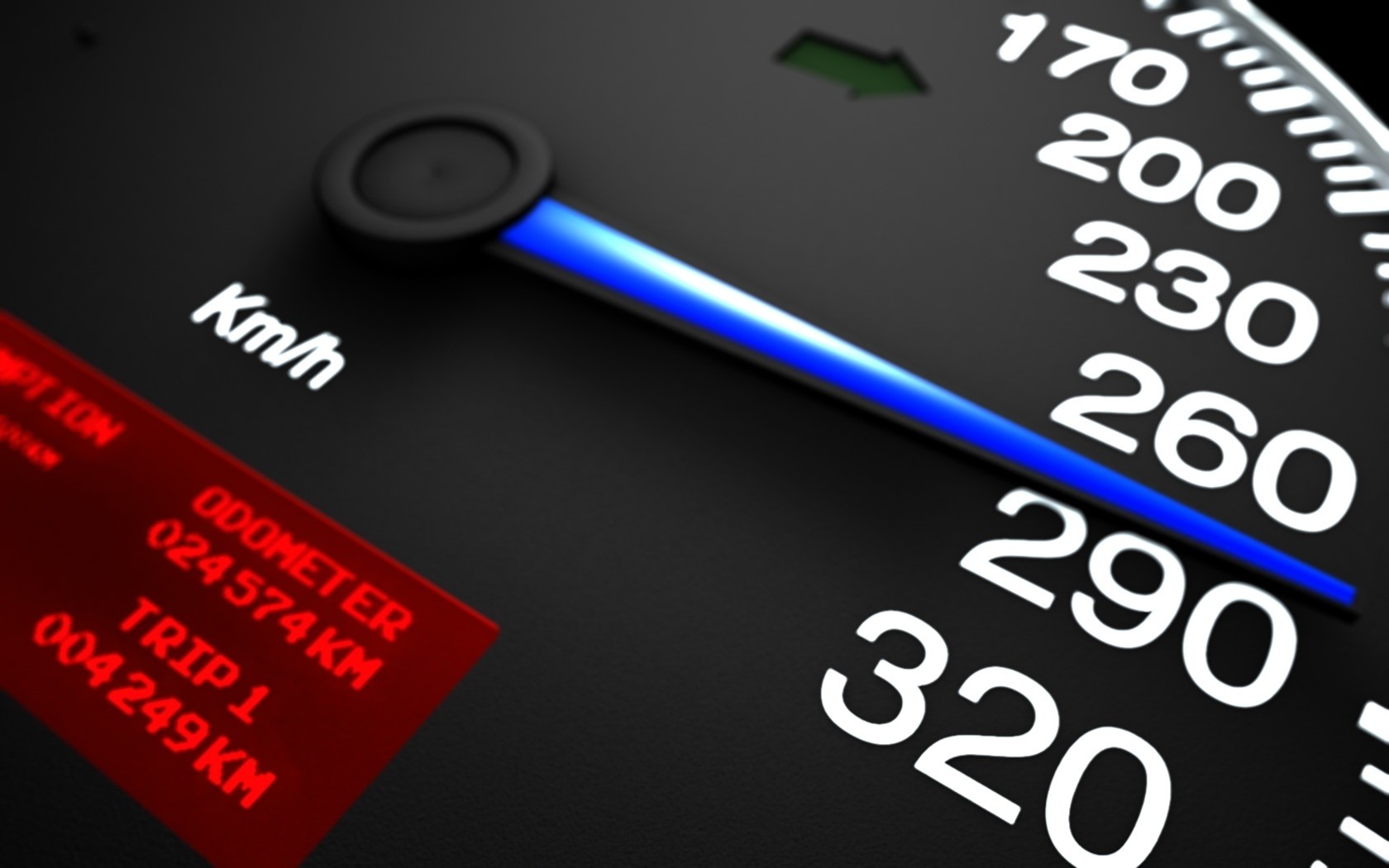The old metre-gauge railway built by the British more than 100 years ago, was derisively described as a ‘lunatic express’ for its meandering journey to nowhere in particular.
Its replacement, the modern Standard Gauge Railway (SGR), has not earned such a singular moniker but its critics have described it as a ‘white elephant.’ And data seems to support them.
The SGR has but one chief role - to haul all sorts of imported goods from the port of Mombasa via Nairobi to other parts of the country or the neighbouring states.
Kenya’s exports that can be transported on rail are so meagre that if they alone were to be evacuated on the line the job would be done in less than a week.
As the SGR freight service enters its second year, Kenya Railways Corporation, the authority tasked with managing the rail, might need to watch out for the challenges that brought the old track to its knees.
Chief among the challenges the SGR is staring at, include lack of business, which saw wagons on the old railway return to the port of Mombasa empty.
Such capacity, which can be achieved through increased productivity of the agricultural and manufacturing sectors, remains far out of reach.
This is even as the clock continues to tick towards the first interest payment for the Sh400 billion Chinese-funded railway by the end of this year.
Moreover, trucks which cannibalised the old railway, are yet to be vanquished and continue to give the faster SGR a run for its money.
At some point last year, there was a report from the Kenya Ports Authority that 6,519 twenty-foot equivalent (TEUs) were transported by road compared to 4,494 TEUs on the railway.
Until the SGR connection to Uganda is completed, the only goods for export that can be transported via the line that runs from Nairobi to Mombasa include tea, coffee, hides and skins and animal and vegetable oils. These can be finished in six days.
If even all of the country’s exports – about 3.2 million tonnes, according to the Kenya National Bureau of Statistics - were to be moved on the SGR to the port, the job would be done in 53 days.
SGR’s annual running capacity is around 22 million tonnes (there are plans to increase it to 31 million this year), a clear indication that the modern railway will be used to move goods made outside and not those produced in Kenya.
Quickly shipped
The 3.2 million tonnes of exports include 534,000 tonnes of titanium mined in Kwale and quickly shipped out from the port of Mombasa as well as 477,000 tonnes of flowers, fruits and vegetables that are normally flown to the Netherlands, United Kingdom, Germany, and United Arab Emirates.
Most of the other products, mostly manufactured goods, are exported to the neighbouring countries from Nairobi using trucks. Such goods include soda ash, iron and steel, cement and salt.
Gerrishon Ikiara, an economics lecturer at the University of Nairobi and former PS in the Ministry of Transport between 2003 and 2008, says the old railway failed due to lack of capacity.
“The railway had failed, it did not have the right carriage capacity and so people turned to trucks,” he says.
In May 1969, the general manager of the then East Africa Railways and Harbours (EAR&H) Ephantus Gakuo prepared a report and account for the performance of the corporation.
The railway, which stretched from Mombasa to Kampala was struggling. And Dr Gakuo was worried.
One of the problems was the closure of the Suez Canal which meant that few, if any, ships docked at the port of Mombasa. There was also bad weather, with floods damaging bridges and the heavy rains making it difficult to reconstruct them.
All these factors, said Gakuo in the report, were partly responsible for the dismal financial performance of the company.Unfortunately, there was really nothing Kenya and its East African partners could do about the challenges. But something could be done about the other challenge that was slowly but surely killing the EAR&H.Just as the Government has been doing with the SGR, Gakuo wanted cut-throat competition from the trucks on the road eliminated.
“The problems of the Canal and of the weather are not controllable from East Africa but the problem of road competition is and the principles on which the EAR&H legally operates,” he explained in the report. And with reports that trucks are still a scare to the SGR, the future is not that rosy.Ideally, railway transport targets bulky, heavy and non-perishable goods due to the time taken for transport, customs clearance at both Mombasa and the dry port in Nairobi.It has never been the most ideal transport for the Kenya economy, which mainly takes oil to the hinterland and horticultural crops such as cut flowers are flown out of the country to retain freshness.
To make SGR competitive the Government promised fast speed, lower rates and offered four days free storage at the Inland Container Depot (ICD) in Nairobi’s Embakasi area.While cargo hauled by railway from Mombasa had shorter dwell time of 2.6 days at the port in September compared to 5.7 days for cargo evacuated by road, it eventually got stuck in Nairobi’s dry port due to congestion and clearance.“Cargo moved by the SGR to the ICDN is subject to further clearance at the depot,” Northern Corridor Transit Transport Coordination Authority said in its latest report.
Desired impact
When it realised that the incentives were not having the desired impact, the Government resorted to coercion. All cargo not meant for the Port of Mombasa was automatically put on the SGR and ferried to Nairobi.In the confusion some cargo inadvertently found its way to Nairobi yet it was not meant to be transported to the hinterland.
Transport Principal Secretary Paul Maringa told Weekend Standard that the opposition to hauling cargo on the SGR was expected considering that it would significantly change the business environment.“It is awkward to be a shipper, a shipping agent, owner of a CFS (container freight station) and a tracker…if this is who you are then you do not want any business out of your hands,” Mr Maringa said.
And the Government says it has a solution to the problem of capacity.President Uhuru Kenyatta has prioritised the setting up of special economic zones (SEZs) under which investors can establish industrial parks and produce goods under favourable terms - low taxes, constant supply of water and electricity, and other perks.
Principal Secretary for the State Department of National Planning, Julius Muia, says that Vision 2030, the country’s development blue-print, envisions Kenya as an export-led economy.As a result, Kenya is looking to diversify its export portfolio beyond the commodity, non-value-add exports of items such as tea, raw coffee beans, flowers, fruits, hides and skins.Kenya, he says, will start manufacturing for exports.
“Manufacturing for exports is what is driving the concept of industrial parks,” he told Weekend Standard.Some of the industrial parks in the offing include the Nairobi Industrial and Technology Park, a public-private partnership project of the Industrialisation ministry and Jomo Kenyatta University of Agriculture and Technology.SEZs will also be established in Mombasa (including Dongo Kundu Free Port), Lamu and Kisumu, attracting investments that will result into the production of more goods to be transported by the SGR.
Yet, even after the Government believes it has made crucial strides in improving the business environment, investors have been less than enthusiastic.“We have done pretty a lot. The private sector has been slow to take up some of the opportunities that have been created by the Government,” says Mr Muia, citing Kenya’s tremendous jump in World Bank’s ease of doing business report in the last few years.
But why was the State hell bent on twisting statistics, and even strong-arming businesses to use the project that should have been a matter of choice?Kenya had committed to a lopsided contract promising a “minimum volumes required for consignment” ferried on the SGR.In its first year, SGR reported a near Sh10 billion loss. It was not paying for itself, not with the massive subsidies being used to lure customers.Now the Government has been forced to revert to the original shipping rates and importers will pay double what they were paying to use SGR.
SOURCE: standardmedia.co.ke







![Top 20 Used Cars to Avoid Buying in Kenya – [PHOTOS]](../../../blog/wp-content/uploads/2013/11/top-used-unreliable-cars-to-avoid2-80x60.jpg)


![Here are some of the best tuned cars in kenya by state of the art garages [PHOTOS]](../../../blog/wp-content/uploads/2013/11/29402_10151301757042065_340470732_n-e1384498044289.jpg)
![Top 20 Used Cars to Avoid Buying in Kenya – [PHOTOS]](../../../blog/wp-content/uploads/2013/11/top-used-unreliable-cars-to-avoid2-100x70.jpg)





